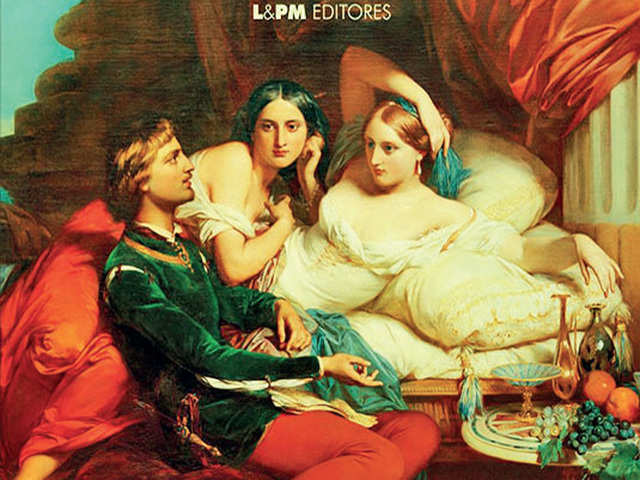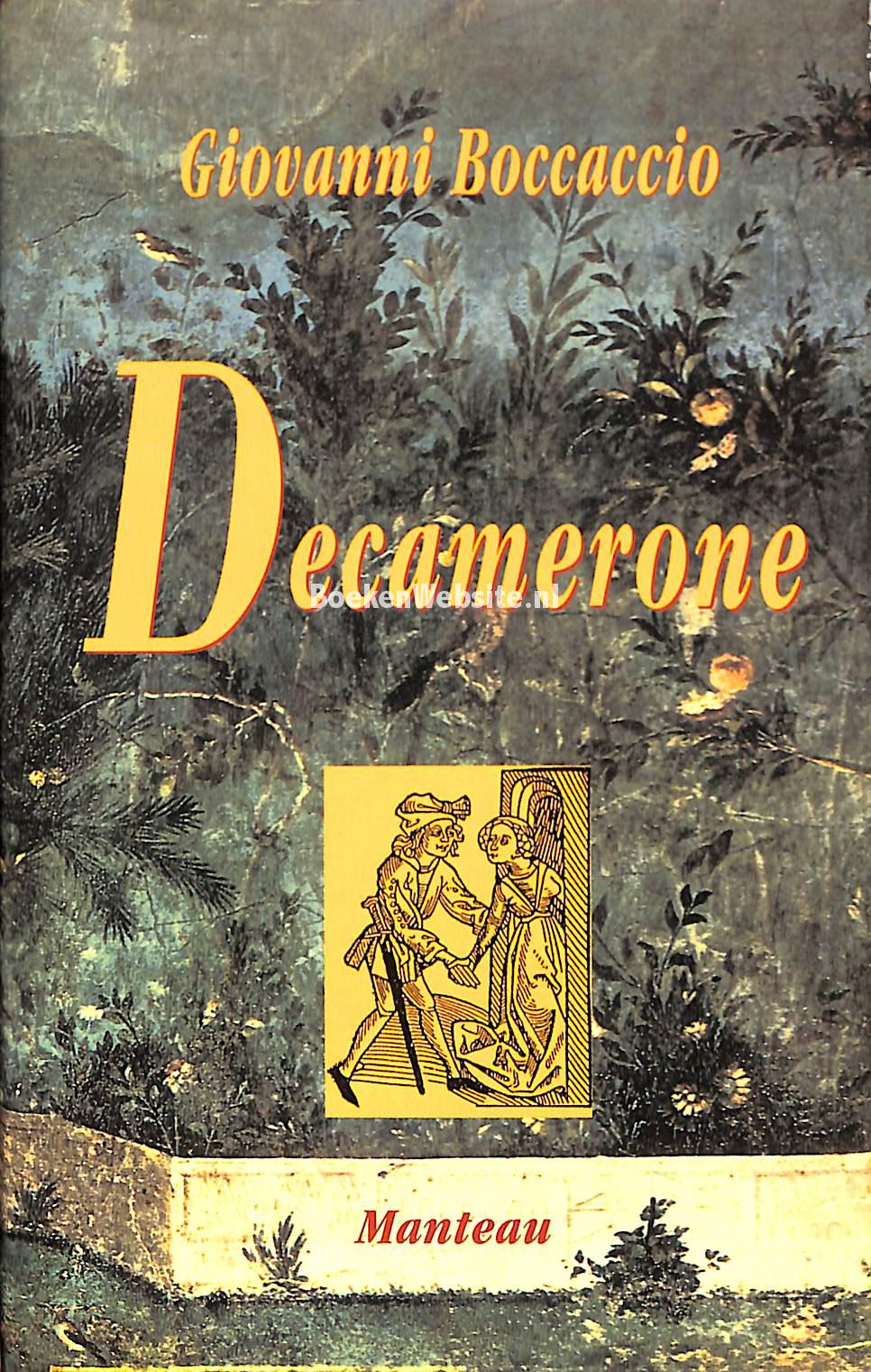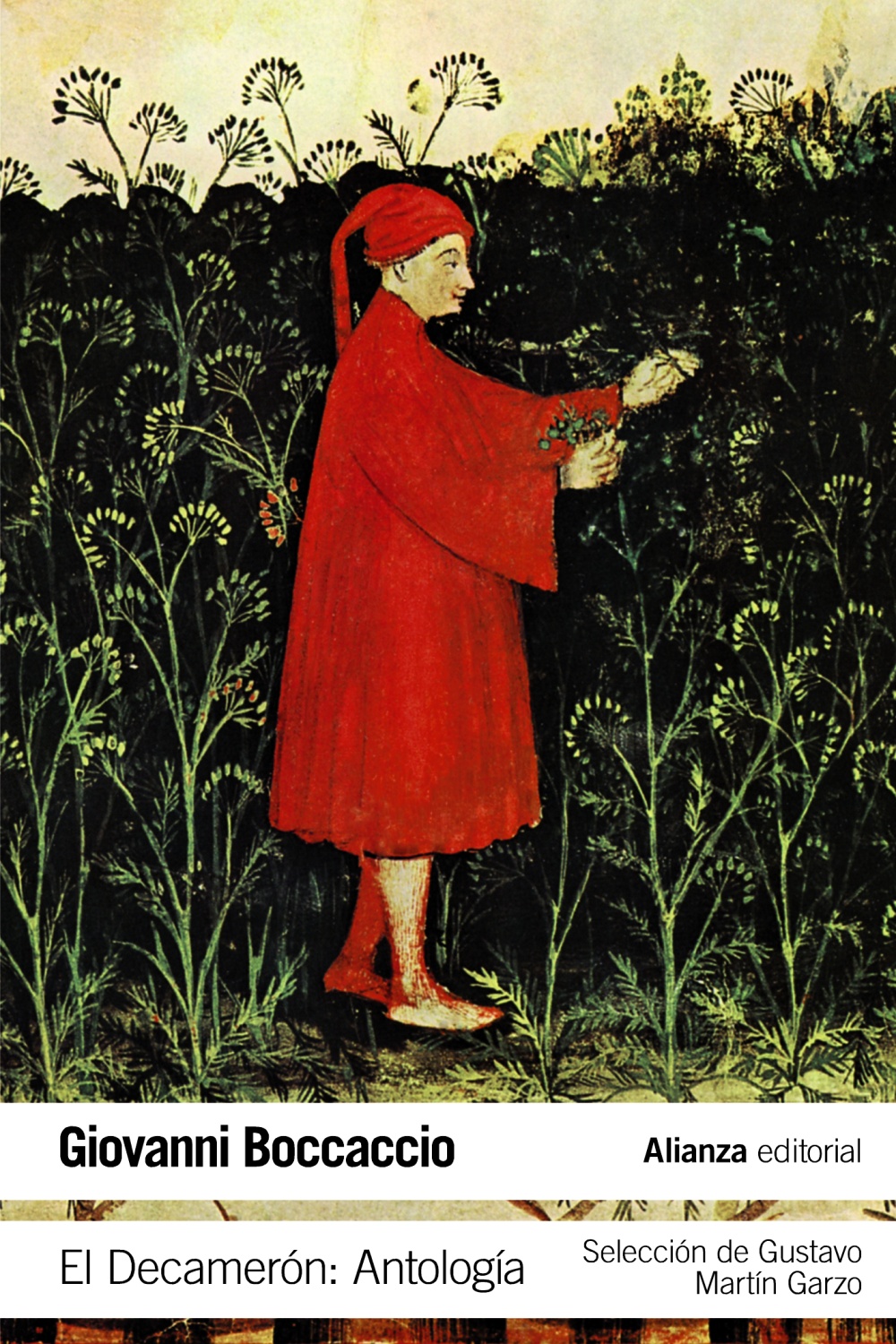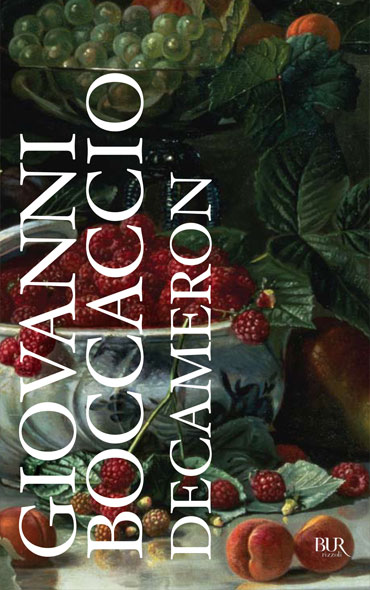


The crux of the problem for them was the dignity of the Roman Catholic Church and they managed it by simply removing references to priests, monasteries and so on generic terms served their purpose with nuns becoming ‘ladies’ or ‘dames’, abbesses becoming random figures of aristocracy. The erotic elements, the ‘obscenity’, often key to a tale’s plot and meaning, remained but all the references to the clergy had been removed. The title page of the 1573 Florence edition of Il Decamerone (C.7.a.8).īorghini’s approved edition implied that manuscripts of The Decameron had been mischievously distorted to include outrageous slights against the Church and its servants. di Trento, et riscontrato in Firenze con testi antichi & alla sua vera lezione ridotto da' deputati… Ricorretto in Roma, et emendato secondo l'ordine del Sacro Conc. So in 1573 the Florentine printers Giunti issued Il Decameron. They cloaked their expurgations by trying to convince people that they had kindly corrected existing editions, enhancing the language and in the process arriving at the ‘true’ text written by Boccaccio original authorial intent had been revealed, “By Order of the Inquisition”. In the early 1570s, under the leadership of Vincenzo Borghini, a team of clerical scholars in Florence set about emending its text.

To this purpose, one of the several measures taken by the Council of Trent was to create a commission to assemble and manage a list of forbidden books resulting in the fabled Index Librorum Prohibitorum which identified books which were heretical, anti-clerical or explicitly sexual.īut how was the Church to manage The Decameron? Quite craftily was how. Faced with the Reformation, the Catholic Church needed to defend itself and reconsolidate its position of authority.

The Roman Catholic Church did indeed ‘ban’ The Decameron but knew that they could not simply obliterate such a well-known and widely circulated work the 15th and 16th centuries saw an estimated 192 printed editions alone. The Decameron is also widely known for its erotic components and it has quite unfairly led to its author and his work bIl eing associated with ‘obscenity’.Ī common perception is that it is this supposed obscenity which has led to the book having been banned and suppressed here and there by the usual powerful groupings of offended sensibilities. Two texts in particular, one prepared by Ruscelli in 1552 and one by Salvati in 1587, are notorious for their meddling emendations. Despite being one of the most meddled-with texts to have endured, its ‘Frame story’ structure – ten tales told by each of ten people gathered together for a fortnight – has become canonised as a model for literary prose. He composed Il Decamerone ( The Decameron) in the mid-14th century and it was first circulated in manuscript form in the 1370s. Giovanni Boccaccio, poet, Humanist, orator, narrator and ambassador, father of the Italian novel, is one of the greatest storytellers known.


 0 kommentar(er)
0 kommentar(er)
